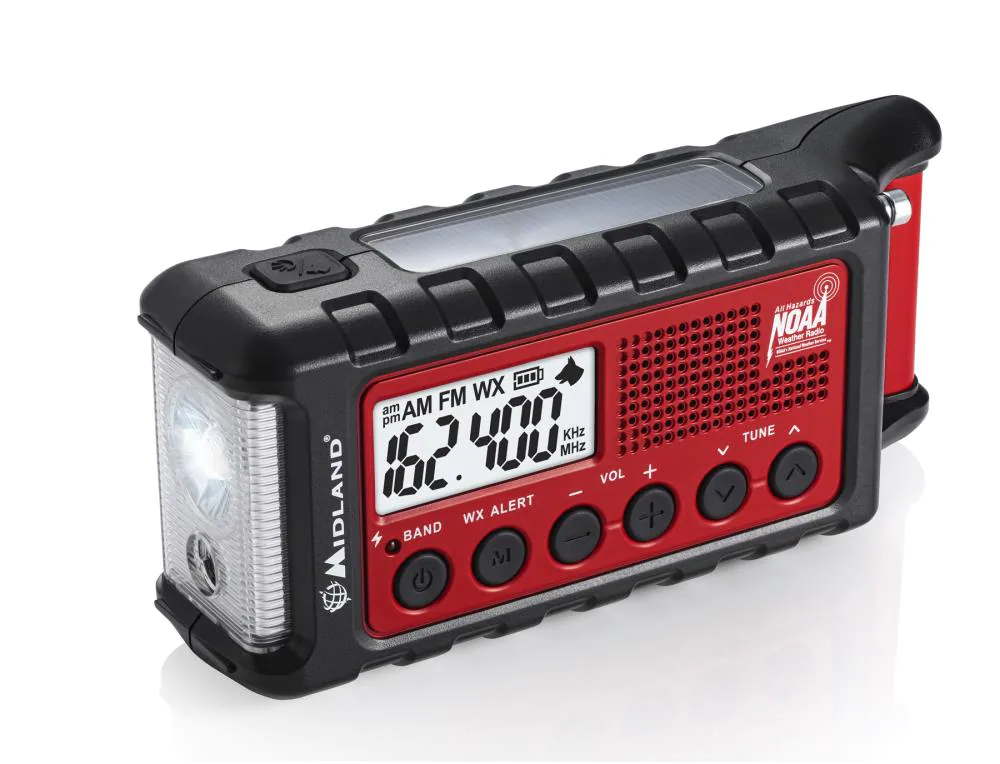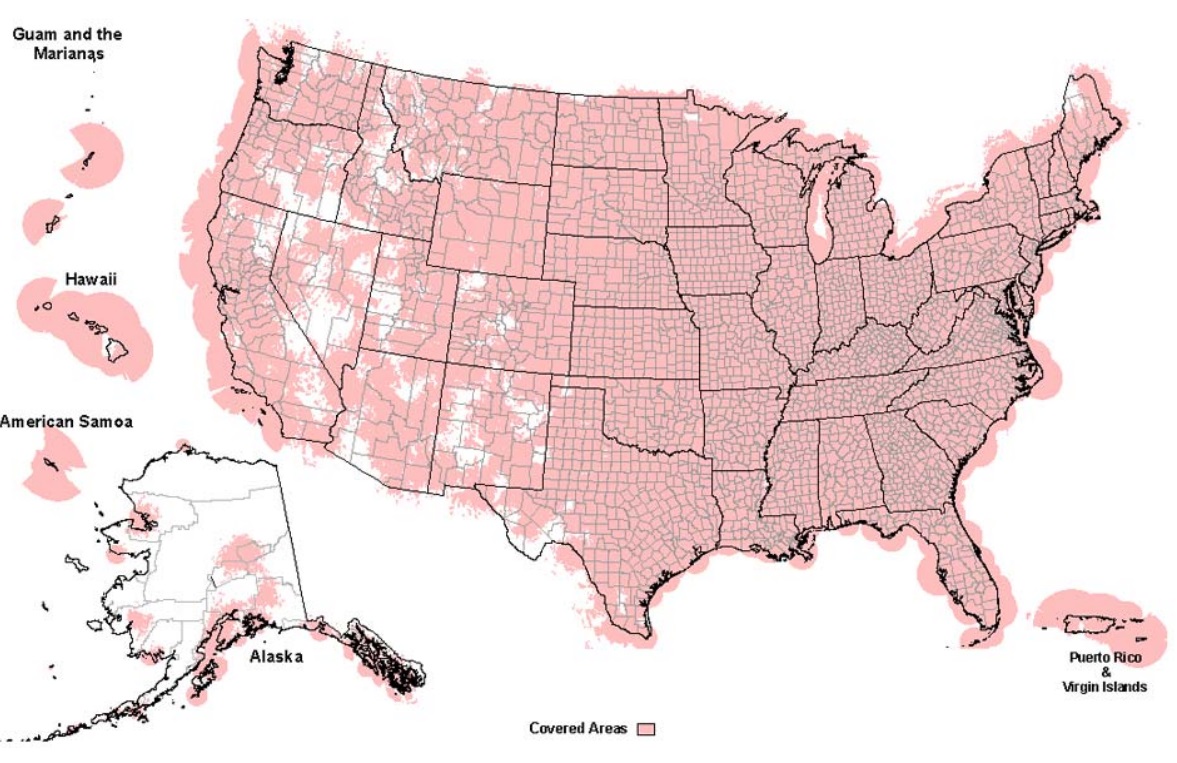
A House Bill designed to modernize the national NOAA Weather Radio system successfully passed the House and is being sent to the Senate for consideration. Known as H.R. 5324, the “NOAA Weather Radio Modernization Act of 2021”, Representatives Stephanie Bice (Republican, Oklahoma) and Mikie Sherrill (Democrat, New Jersey) introduced the bill last September. Just days ago, the Committee on Science, Space, and Technology, to whom was referred the bill to provide guidance for and investment in the upgrade and modernization of the National Oceanic and Atmospheric Administration Weather Radio All Hazards network, reported “favorably thereon with an amendment and recommends that the bill as amended do pass.”
The House voted 397-20 in favor of the bill; it was transmitted to the Senate on May 12.
NOAA and weather radio developer Midland discusses how weather alerts have saved lives at #CES. pic.twitter.com/9BTXnS6C
— the Weatherboy (@theWeatherboy) January 11, 2012
This legislation directs NOAA to address the outdated technology currently in use throughout its weather radio system. In addition, it provides funding for stations that serve areas that have little or no reliable quality cell phone service, ensuring that these areas receive adequate support to maintain existing systems relating to weather alerts, such as earthquakes, avalanches, chemical releases, or tornadoes. This legislation establishes a modernization initiative for broadcasts to transition to IP-based communications and develop options for backup capabilities and enhanced signal transmission. This bill paves the way for future development and provides failsafe options, so the National Weather Radio (NWR) is never down for an extended period and outages will be less frequent.
“The NOAA weather radio system is essential in keeping Oklahomans, and Americans across the country, safe from severe weather threats,” Representative Bice said in a statement. “As the world becomes more digitalized, we must ensure that older systems which safeguard life and property don’t get left behind. I am grateful that the House passed this critical legislation, which seeks to provide every citizen with reliable and effective access to this lifesaving service. I hope my colleagues in the Senate will swiftly adopt this measure.”
NOAA Weather Radio All Hazards (NWR) is a nationwide network of radio stations broadcasting continuous weather information directly from the nearest National Weather Service office. NWR broadcasts official Weather Service warnings, watches, forecasts and other hazard information 24 hours a day, 7 days a week.
Working with the Federal Communication Commission’s (FCC) Emergency Alert System , NWR is an “All Hazards” radio network, making it your single source for comprehensive weather and emergency information. In conjunction with Federal, State, and Local Emergency Managers and other public officials, NWR also broadcasts warning and post-event information for all types of hazards – including natural (such as earthquakes or avalanches), environmental (such as chemical releases or oil spills), and public safety (such as AMBER alerts or 911 Telephone outages).
Known as the “Voice of NOAA’s National Weather Service,” NWR is provided as a public service by the National Oceanic and Atmospheric Administration (NOAA), part of the Department of Commerce. NWR includes more than 1000 transmitters, covering all 50 states, adjacent coastal waters, Puerto Rico, the U.S. Virgin Islands, and the U.S. Pacific Territories. NWR requires a special radio receiver or scanner capable of picking up the signal. Broadcasts are found in the VHF public service band at these seven frequencies (MHz): 162.400, 162.425, 162.450, 162.475, 162.500, 162.525, and 162.550.
